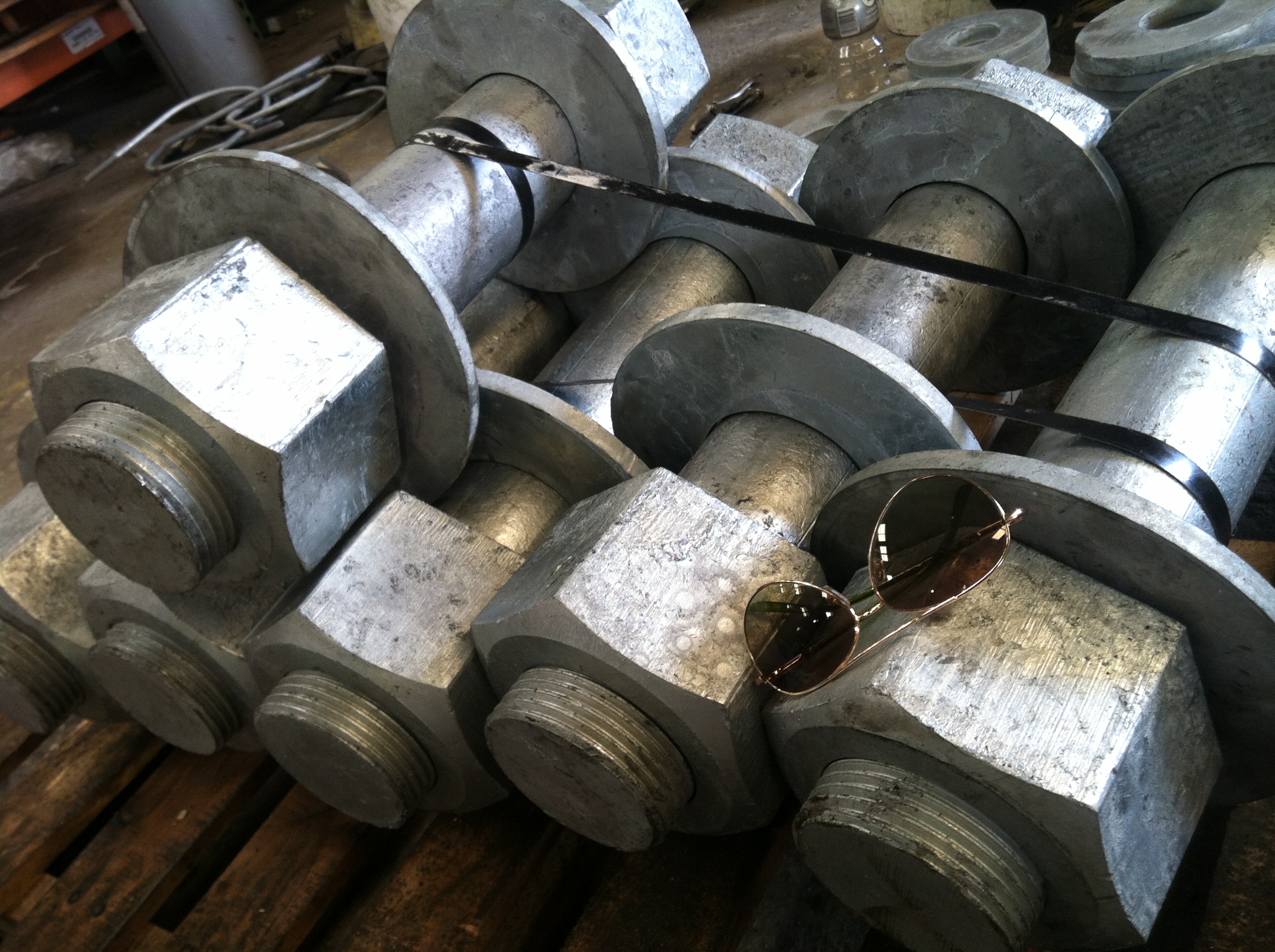Nuts and screws are the unsung champions of building, engineering, and countless DIY projects. visit site yet vital fasteners hold our environment intact, from the smallest devices to sky-high skyscrapers. Grasping the various types of nuts and screws, as well as their particular applications, is crucial for anyone starting on a construction project or fix. Whether you are seasoned professional or a weekend warrior, having the appropriate understanding about these fasteners can make all the distinction in achieving durability and safety in your work.
In this detailed guide, we will explore the fascinating world of nuts and bolts, covering everything from their fundamental definitions to the best types for specific tasks. We will investigate the popular types of bolts, such as hexagonal and carriage bolts, and talk about the various types of fasteners like flange nuts and lock fasteners. Moreover, we will provide insights into materials and coatings, guaranteeing you select the most suitable fasteners for your project. By the end of this guide, you will be armed with the expertise needed to choose the ideal nuts and screws for any task, making your renovation, automotive repair, or heavy-duty construction projects more efficient and successful.
Comprehending Fasteners
Fasteners are crucial fasteners used in a wide variety of applications, ranging from construction to common household repairs. At their essence, a bolt is a tube-shaped metal rod that is intended to be inserted into a pre-existing hole, often complemented by a nut, which is a hex shape piece of metal with a cavity in the center that aligns to the gauge of the bolt. Together, they create a strong connection between multiple parts, providing stability and reliability in assemblies.
The selection of the appropriate type of nut and bolt is paramount for the outcome of any project. Each type serves a particular purpose and is tailored to varied materials and loads. For example, lag bolts are perfect for connecting wood to wood or wood to masonry, whereas carriage bolts are commonly used to connect metal parts. Comprehending these differences is crucial to ensuring that your fasteners will support the intended load and cope with environmental factors.
In addition to the different types of nuts and bolts, there are also crucial specifications to keep in mind, such as thread types and material makeup. Coarse and fine threads, as well as metric and imperial standards, can significantly influence the performance of the fasteners. Using the right materials, such as stainless steel for corrosion resistance or nylon lock nuts for added security, can enormously enhance the resilience and effectiveness of the connections in your projects.
Types and Applications
As for nuts and bolts, grasping the different types and their specific applications is essential for any project. For general use, hex bolts are among the most widely used and versatile options. They work well in applications ranging from construction to equipment due to their strong grip and compatibility with standard hex nut sizes. Carriage fasteners, with their curved tops and square shafts, are well-suited for fastening wood materials, particularly when a flush finish is desired. Lag bolts, designed for high-strength tasks, are ideal for fixing items into wood, providing a secure grip that can withstand substantial stress.
In the auto industry, specific fasteners are tailored to meet stringent safety and performance standards. Metric bolts are often used in EU cars, while standard imperial bolts are more common in US automobiles. The correct type of bolts can affect various factors from engine stability to wheel mounting, making it crucial for repair work and upgrades. Additionally, secure nuts are frequently used in automotive applications to prevent unfastening due to vibrations, ensuring that key parts remain secure over time.
For do-it-yourself home improvement projects, selecting the correct nuts and bolts can profoundly influence the durability of your work. Diverse types of materials and coatings play a crucial role in the longevity and performance of fasteners. Corrosion-resistant steel offers excellent corrosion resistance, ideal for outdoor applications, while zinc-treated alternatives provide a affordable solution for indoor projects. Understanding these nuances allows homeowners and professionals alike to choose the most appropriate nuts and bolts, ensuring a solid and lasting construction.

Materials and Requirements
When selecting nuts and bolts for your applications, the substance is a critical factor that affects strength, rust resistance, and overall lifespan. Metal remains the most frequently used choice for general-purpose fasteners due to its high tensile power and cost-effectiveness. For applications that demand increased resistance to rust and corrosion, stainless steel is strongly recommended, making it suitable for both outdoor and marine environments. Moreover, brass is often selected for its excellent corrosion resistance and aesthetic appeal, frequently used in plumbing and decorative applications.
Different coatings can further enhance the performance properties of nuts and bolts. Zinc plating provides a protective layer against rust, making it suitable for common use, while galvanized coatings offer even greater corrosion resistance in severe environments. When it comes to specific coatings, options like nylon can add extra protection and reduce friction during assembly. Understanding these materials and coatings will assist ensure that you select fasteners able of withstanding the conditions to which they will be exposed.
Specifications such as thread type, grade, and size are just as important. Threads can be rough, fine, or standardized, with specific applications suggesting one over the others. Bolt grades indicate their strength, which is determined by tensile and yield strength, which is essential for load-bearing applications. By becoming familiar with these specifications, you can make informed decisions that meet the demands of your specific project, ensuring safety and effectiveness in your fastening solutions.
